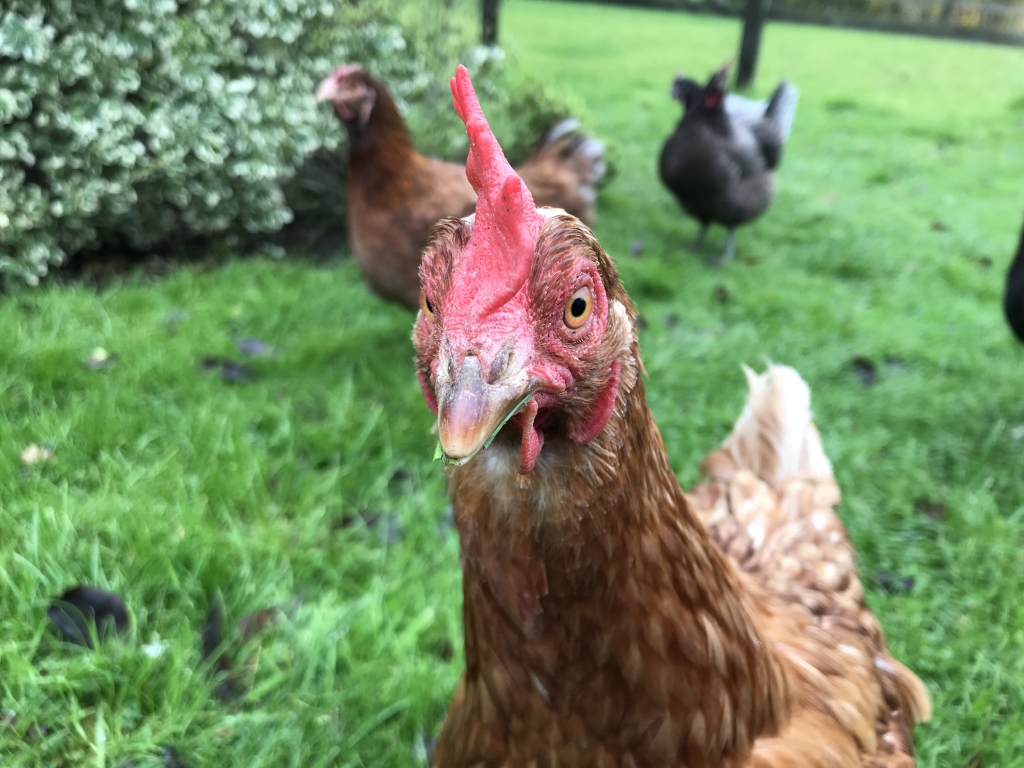
BSAVA Provides Q&A Advice On Avian Influenza In Backyard Poultry
With Defra having recently issued a press release encouraging poultry owners to prepare for the increased risk of avian influenza over the winter months, the BSAVA has put together a Q&A to give vets an easy reference point to provide advice to backyard poultry keepers. The association has also compiled free access special collection on backyard poultry in the BSAVA library which is available until the end of December 2019.
What is avian influenza?
Avian influenza (AI) is highly contagious viral disease that affects both domestic and wild birds. AI viruses are usually classified into two categories: low pathogenicity avian influenza (LPAI), which typically causes no or very few clinical signs in poultry, and high pathogenicity avian influenza (HPAI) which typically causes high mortality rates in poultry1.
What are the clinical signs of disease in poultry?
The type and severity of clinical signs displayed will be dependent upon the strain of the virus and the species affected; some species such as ducks and geese may show few clinical signs2.
How is the disease spread?
Wild bird species are the natural host and reservoir for all types of avian influenza, naturally carrying the virus in their respiratory and intestinal tracts, commonly without developing signs of the disease1,3. The virus is predominantly spread via body secretions, both directly and indirectly2. Migratory birds (predominantly waterfowl and gulls) can spread the disease over a wide geographical area3.
Why is the winter a higher risk period for avian influenza?
The UK is at increased risk of avian influenza from migrating birds during winter2. Furthermore, avian influenza viruses are able to survive for prolonged periods of time in the environment, particularly in low temperatures4.
How can I prevent my birds from contracting avian influenza?
All keepers of poultry should ensure that they uphold good levels of biosecurity to prevent disease entering their flock. This includes:
· maintaining good levels of hygiene and regularly disinfecting hard surfaces;
· changing shoes before entering/leaving to avoid transferring faeces in/out of the poultry enclosure;
· minimizing contact with wildlife by humanely controlling rodents and deterring wild birds. Contact with wild birds can be minimized by placing food and water in an enclosed area such as the coop, and preventing poultry from accessing ponds/standing water frequented by wild bird populations, for example by erecting temporary fencing;
· where possible, keeping birds of different poultry species separate (e.g. ducks and geese should be separate from chickens).
Whilst it is important that all backyard keepers maintain good levels of biosecurity, it is particularly prudent for keepers in areas deemed at higher risk of an incursion of avian influenza. In Great Britain, a number of High Risk Areas (HRAs) have been identified based upon previous experience, scientific expertise and veterinary opinion, and are predominantly areas where large numbers of migratory wild birds gather. To find out whether you are in a HRA, use the interactive map.
What should I do if I suspect avian influenza?
Avian influenza is a notifiable disease. If it is suspected, it must be reported immediately:
· In England, contact the Defra Rural Services Helpline on 03000 200 301
· In Wales, contact your local Animal and Plant Health Agency (APHA) office on 0300 303 8268
· In Scotland, contact your local Field Services Office
· For keepers in Northern Ireland, contact your local DVO.
For information on how to become a BSAVA member visit https://www.bsava.com/Membership/Member-categories
References
1World Organisation for Animal Health (OIE) (2019) Avian Influenza Portal. https://www.oie.int/en/animal-health-in-the-world/avian-influenza-portal/what-is-avian-influenza//
2Animal and Plant Health Agency (APHA) (2019) Guidance: Avian influenza (bird flu). https://www.gov.uk/guidance/avian-influenza-bird-flu
3Stallknecht, D. E., Brown, J. D. (2007) Wild birds and the epidemiology of avian influenza. Journal of Wildlife Diseases. 43(3), pp. S15-S20.
4Iowa State University (2015) Avian Influenza. http://www.cfsph.iastate.edu/Factsheets/pdfs/highly_pathogenic_avian_influenza-citations.pdf
Further information
The BSAVA Manual of Backyard Poultry Medicine and Surgery is a comprehensive starting point for veterinary practitioners wanting information about backyard poultry medicine and surgery, including infectious diseases such as AI. For further information, visit the BSAVA library.
In Great Britain, any poultry keepers with more than 50 birds are legally required to register their flock with the Great Britain Poultry Register. It is, however, recommended that keepers of any number of birds register with Defra so that they can be contacted in the event of a disease outbreak (including avian influenza). For more information on how to register a flock, please visit the Defra website.
In the event of an outbreak of avian influenza, the most up-to-date information on the situation will be available on Defra’s website, the Welsh Government website, the Scottish Government website and DAERA’s website.
More from BSAVA
- Veterinarians are frequently prescribing metronidazole in contradiction to antimicrobial use guidelines, new study finds
- BSAVA to champion clinical research at BVA Live 2026
- Nominations open for the 2026 BSAVA Awards
- BSAVA PetSavers awards funding for eight new clinical research grants
- BSAVA launches Rover: A groundbreaking AI tool for veterinary professionals

 6 years ago
6 years ago  2665 views
2665 views